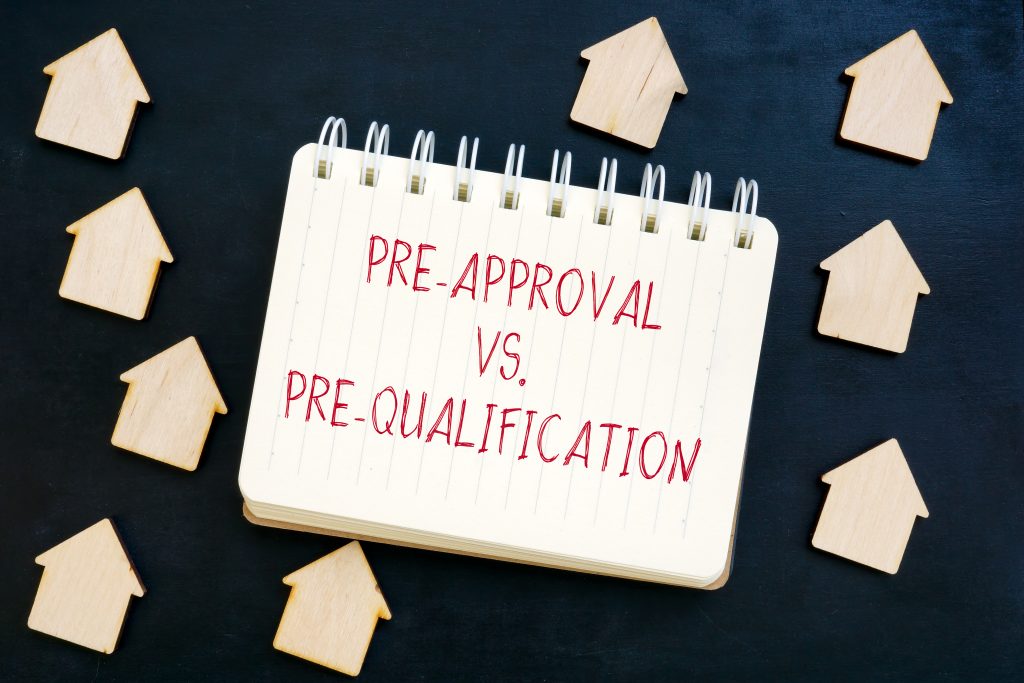The preapproval process is part of the loan application process, but don’t be confused. Just because you enter your financial information, and they tell you an amount you could qualify for, it doesn’t mean you’re preapproved. Here’s how it works.
When you apply for a mortgage, a broker or lender will look at the financial information you supplied on the application. They will provide an estimate of what you might be able to borrow to purchase a home. It’s based entirely on the statement you made about your income, employment, assets, and credit. The loan provider hasn’t verified the information yet. They are simply looking at the information you provided. Based on this information, they’re saying you should be able to get a loan for a certain amount. This is known as a “pre-qualification.”
Once the loan provider has received the supporting documents needed, they will actually verify the information you gave and determine if you actually have the credit and finances to borrow money. This is known as a “pre-approval.” When you receive a preapproval letter, it’s a strong indicator that you will be able to get a loan.
Why is the preapproval letter so important?
A preapproval letter tells you how much you will be able to borrow. It tells realtors and sellers whether you can afford to buy the house for which you’ve made an offer. It also lets them know you won’t have problems finding a lender when you decide to purchase. This is especially important in a seller’s market when competition for homes is stiff. You should apply for a loan and get preapproved before you start looking at homes. It will save you time and you’ll be prepared when you do find the home you want to purchase.



